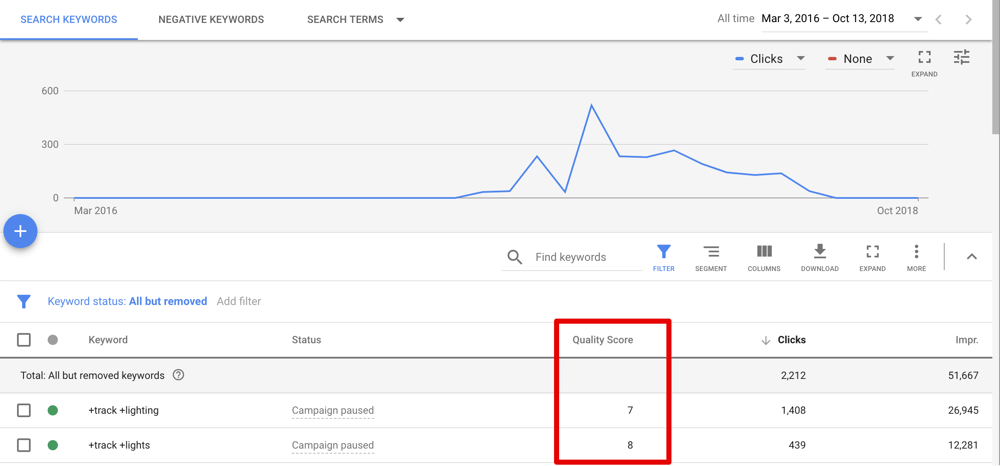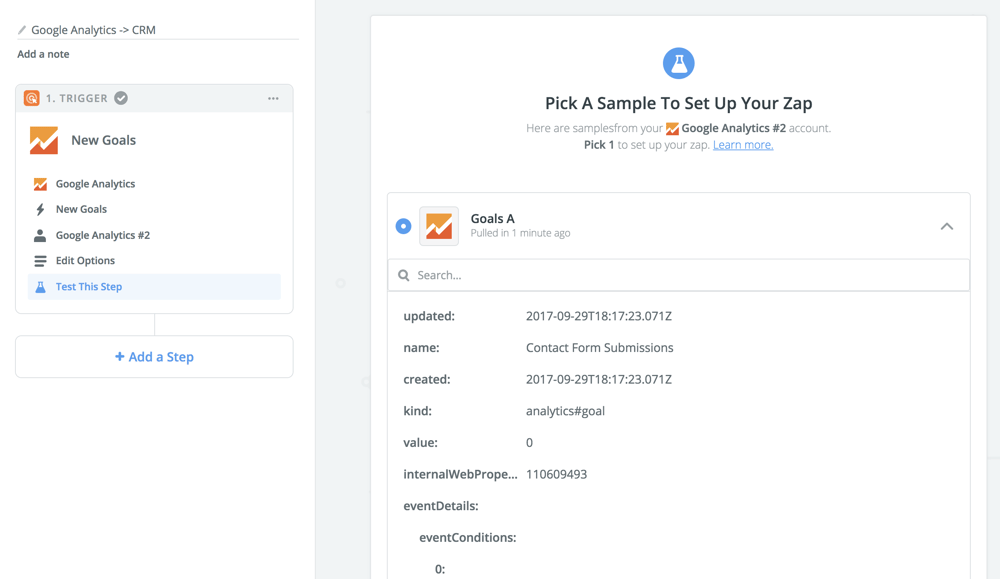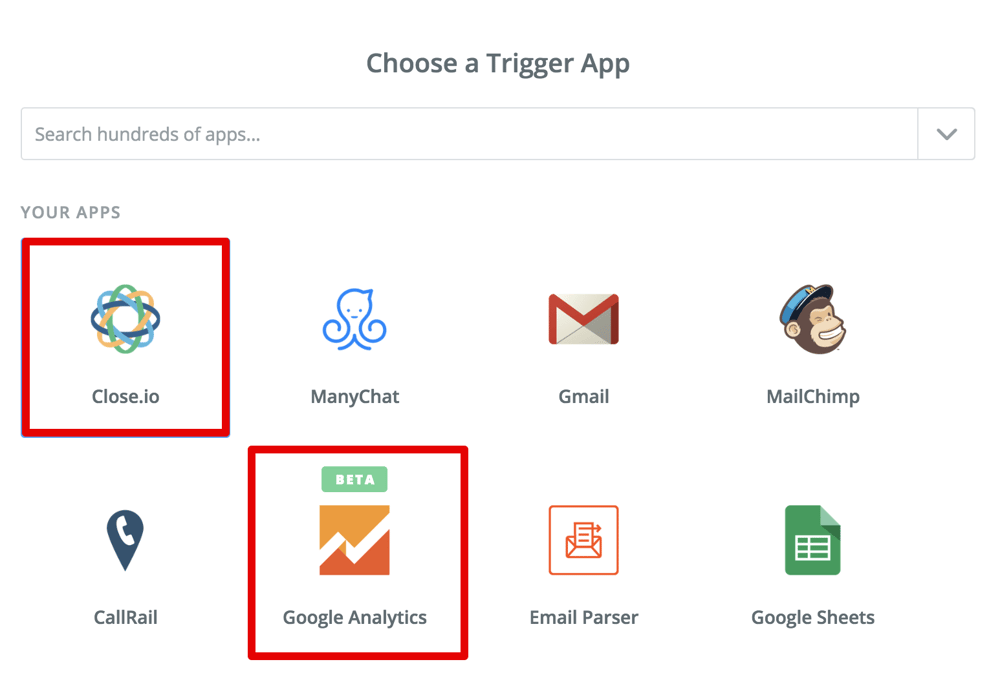
How to Measure the Efficiency of Your PPC Investments

Every marketing strategy can be deemed successful if the resources spent produce healthy returns. It’s a simple enough equation, but with pay-per-click (PPC) ads, it can be hard to measure a campaign’s actual return on investment (ROI).
There are many—sometimes too many—metrics available for marketers, that it can be quite a head-scratcher which key performance indicators to rely on when making decisions.
Some businesses don’t even bother and instead just pick a few keywords and set up their campaign without reviewing the nitty-gritty of PPC ads. Of course, this will most likely result in wasted time, money and effort. So how do you determine if your PPC campaign is actually bringing in results?
PPC Campaigns and ROI
It’s helpful to start with the main components of ROI—advertisement cost, clicks, conversions and revenue—and how they interact with each other.
In a logical sense, when your average sale increases, your ROI goes up with it and vice versa. Ad spend affects ROI in such a way that when cost-per-click increases, your spending does too, which lessens the ROI. Your goal should be to decrease the cost-per-click but still get a sale.
This is where conversion comes in. When you manage to convert leads into purchases, you will effectively spend less on marketing campaigns but still enjoy good revenue.
How To Measure Your PPC Investments
Here are some tried-and-tested strategies for measuring the performance of your PPC campaigns:
Analyze Your Results Alongside Your Goals
In any business, aligning your every move to your goals sets you up for a clearer path toward what you are trying to achieve.
Your objectives may vary per PPC campaign, but it’s okay as long as each one has a lucid purpose. It could be branding, converting leads to sales or boosting traffic to your website.
Remember, metrics can give you insights about your PPC campaign, but if you want to determine the inherent success of the investment, you have to look at your goal for that particular campaign. Your goal will also determine which KPI to focus on, or which aspect to adjust.
Consider These Main KPIs
As said before, there are a lot of metrics that give you insight into your PPC campaign performance. For purposes of efficiency, here are the top ones to consider.
Note: This doesn’t mean you should just ignore everything else, but if you have limited means in terms of time and manpower, these KPIs will provide an accurate and reliable set of information about your campaign.
Click-Through Rate (CTR)
Click-Through Rate is calculated simply by dividing the number of clicks by the number of impressions, or how many people see your ad.
When Wordstream reviewed what constitutes a good CTR, they found different benchmarks depending on the industry. For instance, dating sites have an average of 6.05 percent CTR, while consumer services hovers around 2.41 percent. Still, the average rate across all industries is 3.17 percent on the search network and 0.46 percent on the display network.
Again, while good CTR rates vary from industry to industry, it’s essential to try and surpass the average rate, because this indicates your ad campaign resonates with your target audience enough that they click on it.
If your CTR is below the target, check things like keyword quality, emotional appeal and clarity of message.
Quality Score
This is the rating Google assigns based on the previous CTR rates of your keywords and landing page. Quality Score basically ensures that when searchers see your ads and go through your landing page, they have a relevant and positive experience.
To safeguard quality, Google ranks PPC campaigns and brings the most relevant ones high up on the search page. Factors that relate to Quality Score include:
● CTR
● Relevance of keyword to its ad group
● Landing page quality
● Ad text relevance
● Previous Google Ads performance
When an ad achieves a high Quality Score, you can enjoy higher rankings for a lower cost per click (CPC), certainly beneficial to your budget. Hence, refine your keyword choices, negative keyword use, ad copy and landing page quality to ensure your Quality Score is on point.

Impression Share
This is the number of impressions your ad receives (when your ad is displayed in front of a user) divided by the number of eligible impressions you are estimated to have. Say, the total number of searches for your keyword was 1,000 but your ad only showed up 900 times—that puts your impression share at 90 percent, with a 10 percent lost impression share.
As it gives you an idea of how much exposure you have with target audiences, you can use this info to decide if you need to work on your reach. Whether you need to increase your keyword bids, or eliminate keywords that are hard to compete for but aren’t giving you results—impression share is the metric to help you manage the overall budget wisely.
Conversion Rate
Your conversion rate tells you how many users out of the total number of site visitors clicked and completed your desired action (e.g., purchased a product, signed up for a trial, submitted a form) . This is a crucial metric for ROI, as you wouldn’t want to continue paying for ads that gain CTRs and such if all of these do not translate to a meaningful result for your brand.
As with other KPIs, a good conversion rate varies depending on your given industry and business model. According to Wordstream, finance has the highest benchmark at 7.19 percent for search. The average for all online campaigns is at 2.70 percent on the search network and 0.89 percent on the display network.
If you want to boost your conversion rate, make sure your landing pages perform well on all types of devices. It’s also important to keep forms and buttons visible above the fold. Show only high-quality images, and add a well-made video to your landing page.

Cost Per Conversion/Acquisition
Calculated by dividing the cost per click (CPC) by the number of conversions, this shows the price marketers pay for every new customer they acquire. For example, if you spend $50 on a PPC campaign and gain two sales, the CPC for each would be $25.
If you are shelling out more just to gain a new customer but their worth is less than what you spend, that means your PPC campaign is not bringing the ideal return for your business. Some experts suggest a strong link between Cost per Conversion and Quality Score, which means optimizing for a high Quality Score will be good for your Cost per Conversion.
Wasted Spend
Opposite to the conversion rate, Wasted Spend refers to the money you’re spending that does not result in conversions. Analyzing Wasted Spend allows you to make adjustments in your campaign.
For instance, you can use negative keywords to sift through traffic and make your ad accessible only to those likely to convert. Or you could improve keyword use in your ad copy. All the seemingly minor details contribute to conversion as a whole, and if one or more components aren’t working, it could mean money down the drain for you.
Return On Ad Spend (ROAS)
This is the ultimate KPI to consider: How much do you spend on ads in relation to how much revenue you earn?
A quantitative evaluation of the whole performance of an ad campaign, the ROAS can be calculated by dividing the money spent by the gross revenue. Say, you shell out $1,000 on a PPC campaign for a month that results in $3,000 revenue. This ROAS indicates that for every dollar you spend, you generate $3 worth of revenue.
The ROAS gives you insights into how the marketing contributes to your bottom line. And combined with the customer lifetime value, this could inform your budget planning and marketing direction.
Make the Most of Custom Parameter Tools
Custom parameter tools are an advanced type of URL parameter that can be incorporated into your landing page URLs.
You can add custom parameters at different levels of your account: at the campaign level, ad level, keyword level or sitelink level. With this, you can choose what values are recorded based on what information you need from each click of the landing page.
Combine Google Ads With a CRM System
One key way to make sense of your spending is to combine Google Ads with a customer relationship management (CRM) tool to measure revenue. Think about it. For your business to last, you have to set profit targets using reliable data. The challenge is translating the many streams of data coming in from sales, customer service and marketing into a consolidated set of reliable information.
With a CRM system, you can always access everything in one customizable dashboard. Integrated with your Google Ads, it allows you to measure revenue and gain complete insight into your pipeline performance, customer satisfaction and overall productivity.
One way to connect Google AdWords with your CRM is via Google Analytics. The data from AdWords is reported in Google Analytics. Using Zapier, you can connect Google Analytics with your CRM (in the example below - Close.io).


Prioritize What You Need To Measure
Although every KPI is important when evaluating the overall performance of a PPC ad, go back to what your marketing goals are. These will determine which KPIs should be analyzed first.
If you want to rank at the top of Google search results:
Achieving this goal depends on how much you need to spend per click and whether you are willing (or able) to spend it.
You’d want to look at your total impressions and impression shares. Ideally, your impression share should be at 98 percent or better and should maintain an average position of “five” or higher.
In case the impression share is pretty low, decide which keywords will really bring results for your campaign, then bid them high enough to be competitive.
To make the most of your budget, try to determine the optimal time to show your ads: Is your product suited for searches made during working hours, or is it more relevant during the weekends? Tools like Google Ads Scripts can automate such tasks.
If you want to capture more leads:
You can focus on conversion tracking for this, which would include counting form completions, subscriptions, downloads and purchases. It’s also useful to look at your cost per lead and the time it takes for qualified leads to eventually convert, especially if you are in the B2B industry. These will give you a good idea as to how you can adjust product offerings, pricing and other tactics.
If you want to boost your conversion rate:
Compare monthly and annual metrics for CTR, average cost per clicks and conversion rates. Analyze if there are possible trends that may reflect your target consumer habits, or if there are seasonal options you could take advantage of.
Test, Test, Test
A/B testing is an extremely important aspect of optimizing your investments toward a higher ROI. Given that you have a horde of competitors online, you’d want to be absolutely sure that your PPC ad provides the catchiest headline (with top keywords) and copy that will lead users to a relevant landing page.
In testing, you can look at four different elements of your PPC ad:
● Headline
● Body Text
● Ad Link
● Keywords
Once you’ve decided on which element you want to test, you have to create two variations of your ad, with only that element varying between the two PPC ads.
Consistent testing can give you an educated guess as to, “Which ad can bring in more clicks?” “Which one converts better?” The process can help you compare PPC campaigns and determine which ones actually help your bottom line.
This takes a lot of time and effort for sure, but it will ultimately give you a winning combination for your PPC campaign.
Final Thoughts
Understanding your ROI with PPC campaigns means you have to examine a lot of interrelated variables. There are many metrics you can follow, but the trick is to align your tracking with what you are actually aiming for.
Consider several KPIs, but at the same time avoid getting caught up in one or two metrics alone and halt your PPC ad right away. It pays to treat each issue as an opportunity to learn more about your industry and how you can improve your marketing plan. Always, always go back to your goals, and give it your best shot.
 Danielle Canstello is part of the content marketing team at Pyramid Analytics. They provide insurance analytics and business intelligence software. In her spare time, she writes around the web to spread her knowledge of the marketing, business intelligence and analytics industries.
Danielle Canstello is part of the content marketing team at Pyramid Analytics. They provide insurance analytics and business intelligence software. In her spare time, she writes around the web to spread her knowledge of the marketing, business intelligence and analytics industries.




